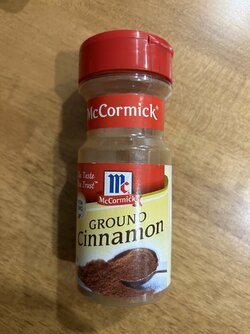Just wondering what other people use for used blade disposal, wanted to see whether anyone had came up with any cool solutions?
Personally I use a 5L Sharps bin I picked up off amazon for around £6, attached a few pics (Old spice for scale)



Personally I use a 5L Sharps bin I picked up off amazon for around £6, attached a few pics (Old spice for scale)











